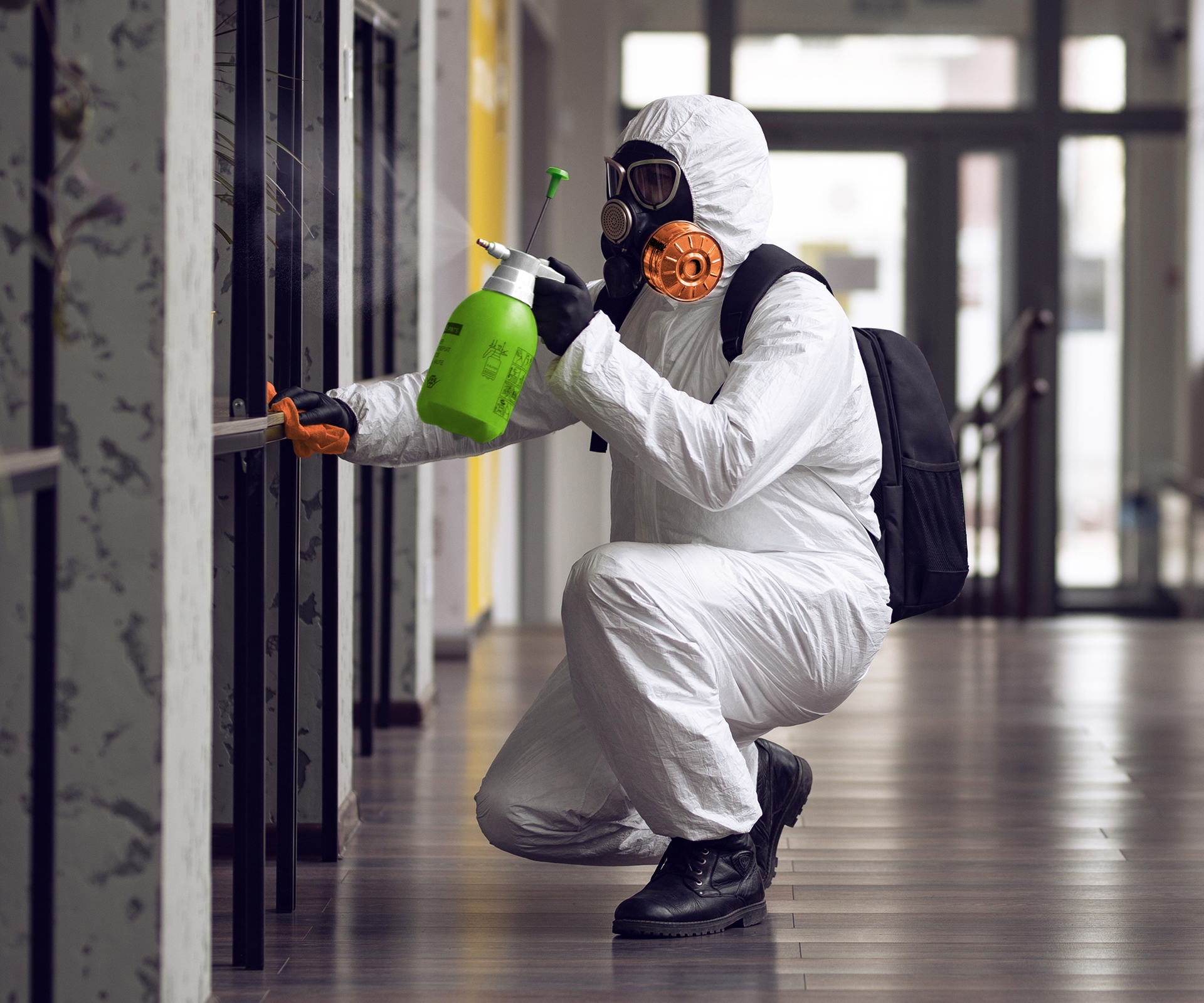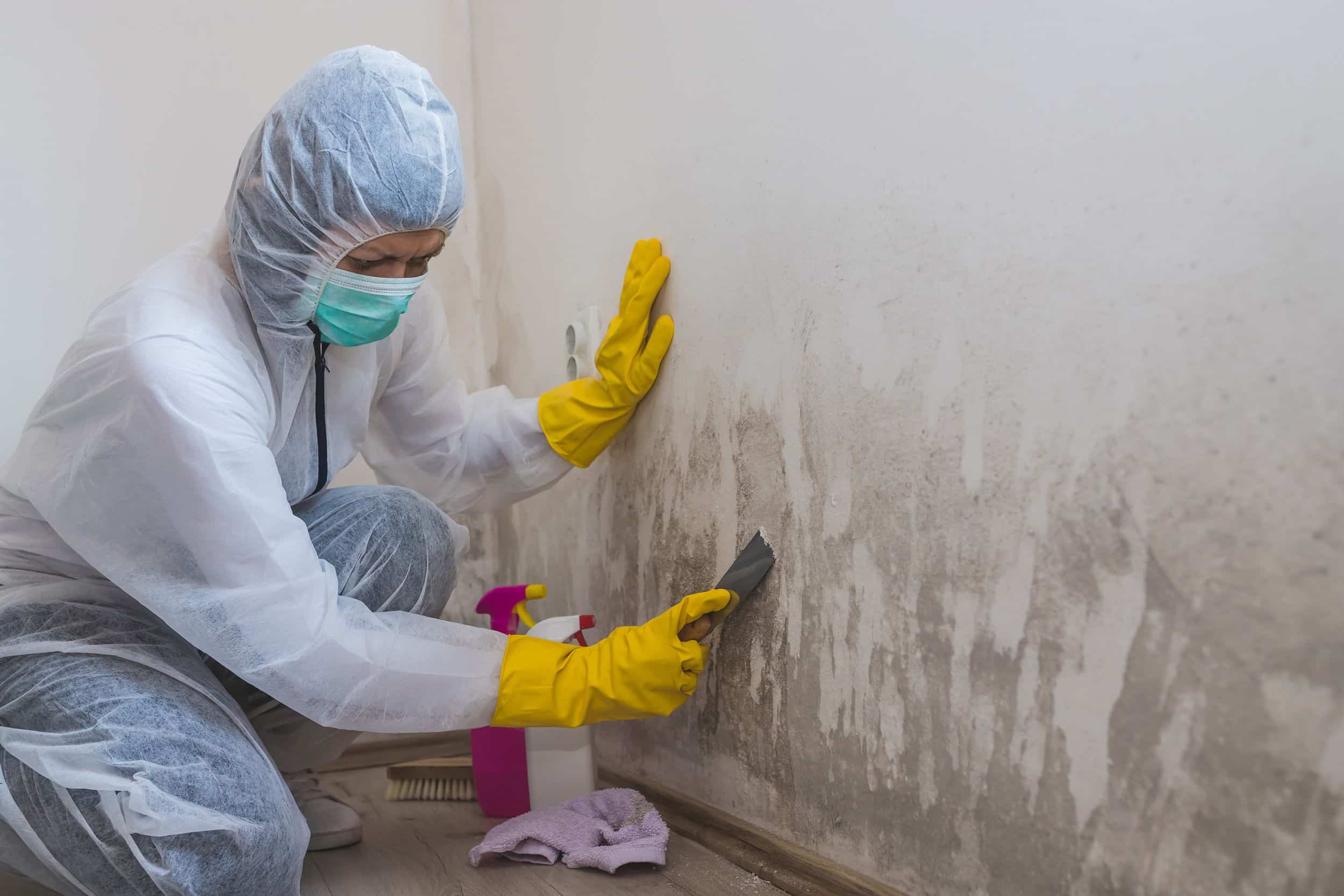Making Sure Post Remediation Verification Precision
Making Sure Post Remediation Verification Precision
Blog Article
Your Ultimate Overview to Blog Post Mold Removal Techniques
In the aftermath of mold and mildew problem, knowing exactly how to successfully get rid of the mold and avoid its reoccurrence is paramount for keeping a healthy and balanced indoor atmosphere. From selecting the best cleaning and decontaminating approaches to implementing approaches for long-term mold avoidance, each step in the remediation trip plays a critical function in making sure a successful end result.
Recognizing Post-Mold Removal Refine
After finishing the mold removal process, it is essential to recognize the post-mold removal techniques that are required to make sure a efficient and comprehensive clean-up. Once the mold and mildew has been eliminated, the next step entails cleansing and sanitizing the affected areas to prevent any regrowth of mold and mildew.
Additionally, carrying out a last assessment post-remediation is important to guarantee that all mold and mildew has been efficiently eradicated. If the assessment exposes any lingering mold and mildew, extra removal might be needed.
Effective Cleaning Up and Sanitizing Methods

Preventing Future Mold Development

Significance of Appropriate Ventilation
Proper ventilation plays a critical duty look at these guys in preventing wetness build-up, a key element in mold and mildew growth within interior atmospheres. Effective ventilation systems help get rid of excess humidity from the air, decreasing the chances of mold and mildew spores finding the moisture they need why not try here to sprout and spread out. Without adequate ventilation, indoor spaces can come to be a breeding ground for mold, leading to prospective wellness risks and architectural damage.
By ensuring correct air blood circulation, ventilation systems can additionally help in drying damp areas faster after water damage or flooding cases, further preventing mold development. Post remediation mold testing near me. Precede like washrooms, cooking areas, cellars, and attics where dampness degrees tend to be greater, mounting and preserving reliable ventilation systems is vital in avoiding mold and mildew invasions

Tracking and Upkeep Tips
Given the essential role that proper ventilation plays in stopping mold development, it is necessary to develop effective tracking and maintenance ideas to ensure the continued capability of ventilation systems. Routine inspections of air flow systems should be conducted to look for any signs of obstructions, leakages, or malfunctions that could hamper correct air movement. Tracking humidity levels within the building is likewise important, as high humidity can add to mold growth. Installing a hygrometer can help track moisture levels and alert homeowners to any type of spikes that may require attention. Furthermore, guaranteeing that air filters are routinely cleansed or changed is vital for maintaining the effectiveness of the air flow system. Carrying out a routine for routine upkeep jobs, such as duct cleaning and a/c system inspections, can assist stop problems before they escalate. By staying proactive and attentive to the problem of ventilation systems, homeowner can properly alleviate the danger of mold and mildew regrowth and preserve a healthy indoor environment.
Verdict
To conclude, post-mold remediation techniques are essential for guaranteeing a safe and clean environment. Recognizing the procedure, carrying out efficient cleansing and disinfecting approaches, stopping future mold and mildew her comment is here growth, preserving correct ventilation, and routine monitoring are all critical steps in the remediation process. By following these guidelines, you can effectively eliminate mold and prevent its return, functioning or promoting a healthy and balanced living area for all occupants.
In the aftermath of mold and mildew infestation, understanding just how to properly eliminate the mold and mildew and avoid its reoccurrence is extremely important for keeping a healthy indoor environment. When the mold and mildew has been removed, the following step entails cleansing and sanitizing the impacted areas to prevent any type of regrowth of mold - testing air quality after mold remediation. After getting rid of visible mold and mildew development, it is essential to clean all surfaces in the afflicted location to eliminate any kind of continuing to be mold spores. To further boost mold and mildew prevention steps, it is important to resolve underlying concerns that initially led to mold development.Provided the essential duty that proper ventilation plays in avoiding mold growth, it is important to develop efficient monitoring and maintenance pointers to ensure the continued functionality of air flow systems
Report this page